
F-35
The F-35 has also been in the Air Force chief’s crosshairs this year. Although the service requested $12 billion to buy 85 of the fifth-generation aircraft, that is a decline of 11 relative to fiscal 2021. And more important, the Air Force is not appealing to Congress to add money to buy additional F-35s in its unfunded priorities list.
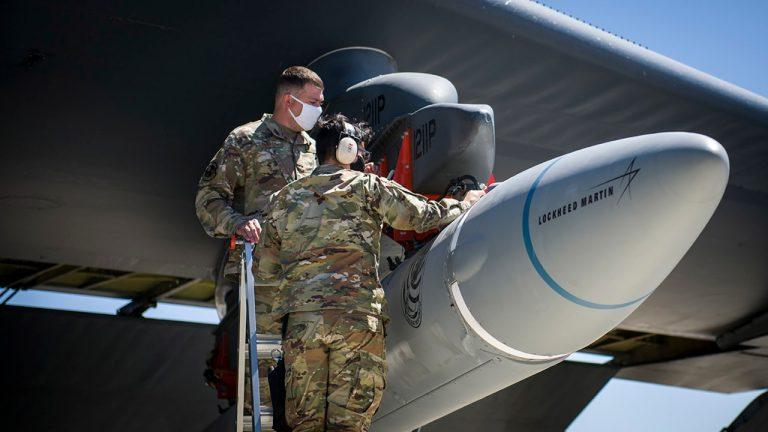
Hypersonic Weapons
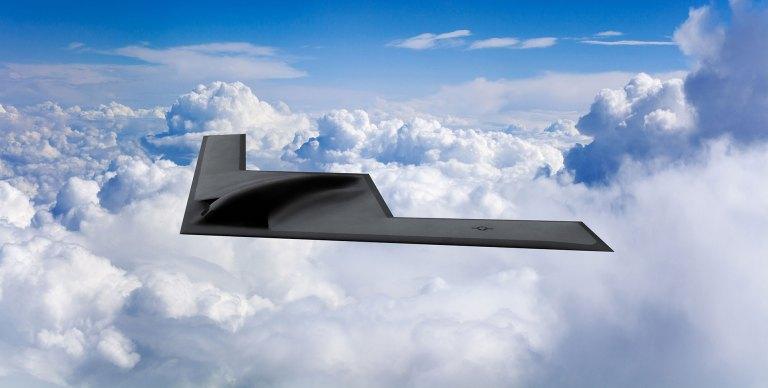
Bombers
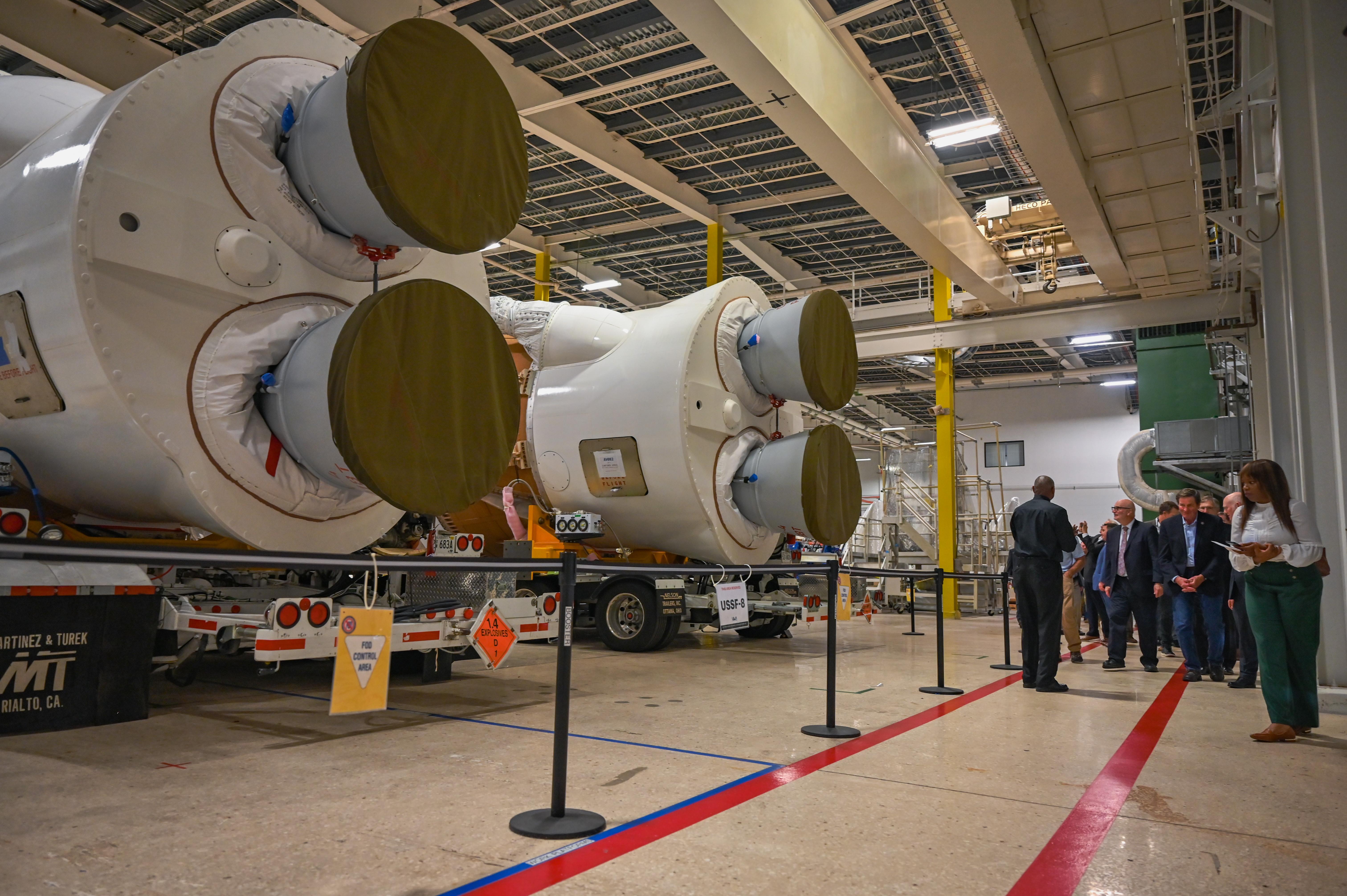
U.S. Space Force
The White House is requesting that the U.S. Space Force’s budget grow by nearly 13% to $17.4 billion in fiscal 2022. Much of that $2 billion increase—about $725 million—will be put toward research and development.

Nuclear Modernization
The new administration's budget requests $43.2 billion for nuclear delivery vehicles from land, air and sea. The budget also continues funding for the Long-Range Standoff Missile to equip the bomber fleet, maintains the W76-2 low-yield nuclear warhead that can be launched from submarines and provides funding for a new sea-launched cruise missile that can carry a nuclear warhead.

Research & Development
The Pentagon wants to increase its research and development program, which has been gaining in recent years, another 5%, or an additional $5 billion. Specific investment areas include hypersonic weapons development, microelectronics, 5G, nuclear modernization and biotechnology. The account is somewhat deceptive, however, in that it is weighted toward more mature research; funding for scientific research that may pay off in the long run has declined in this fiscal 2022 budget request.
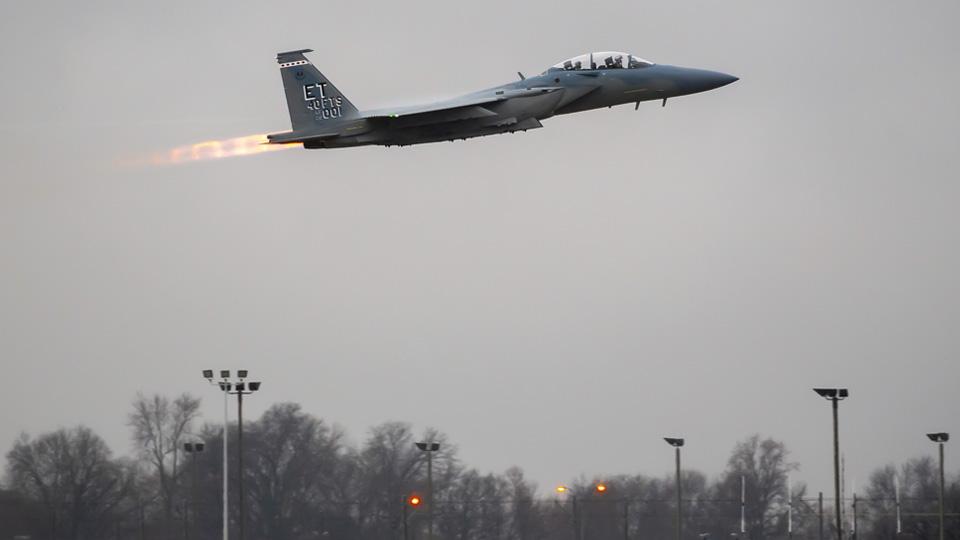
F-15EX
The Air Force is asking for $1.5 billion to buy 12 new F-15EX aircraft. But the service would love another dozen of the upgraded fourth-generation fighters, according to the service’s unfunded priorities list to Congress. That would support the divestment of F-15C aircraft through 2026 and would max-out Boeing’s production capacity.
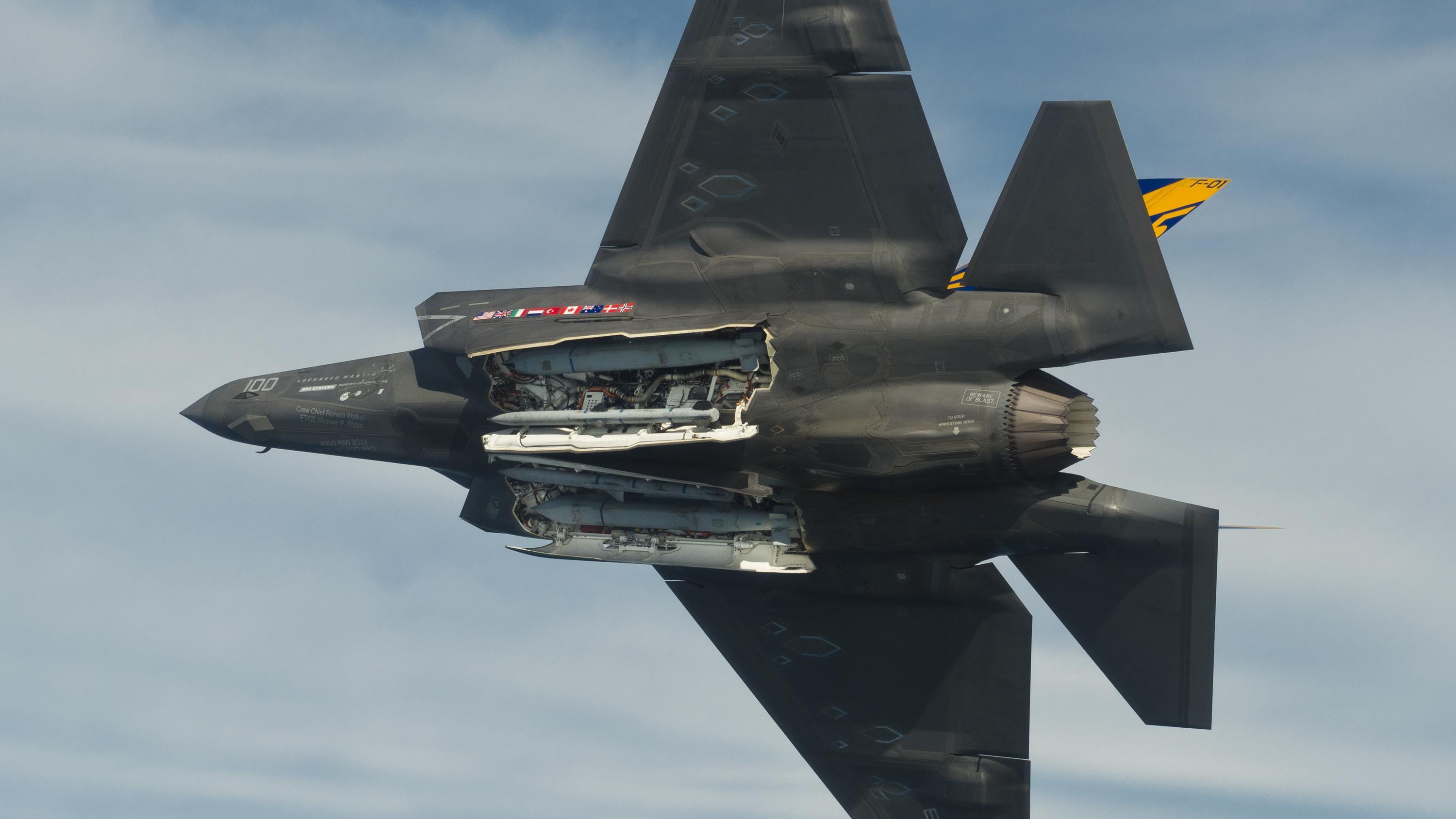
Joint Standoff Weapon
The Navy plans to cancel the extended-range version of the Raytheon AGM-154E Joint Standoff Weapon. Instead, it will buy the Lockheed Martin AGM-158B Joint Air-to-Surface Standoff Missile-Extended Range.
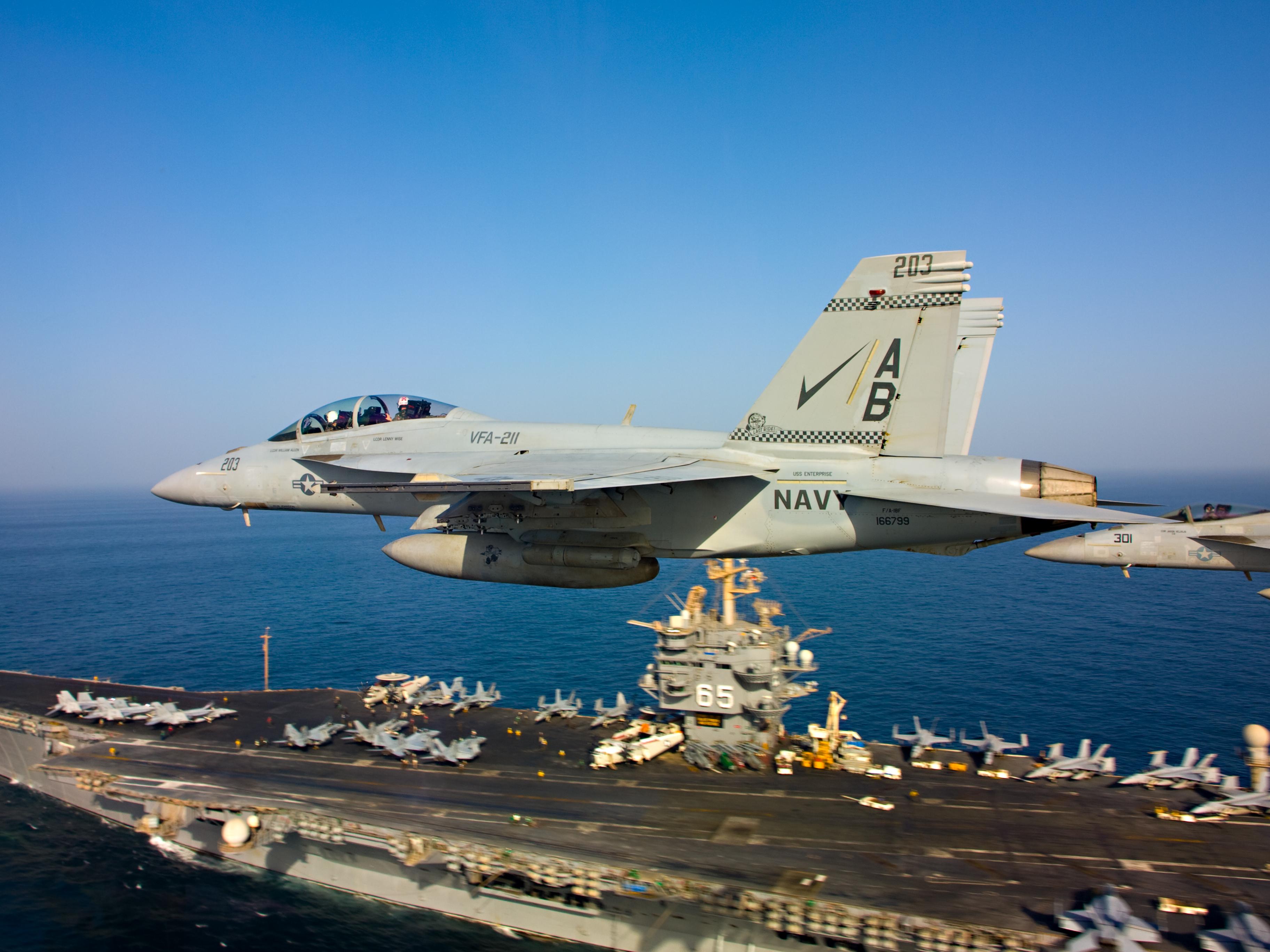
Fighter Aircraft
Compared to last year, fighter procurement dollars dropped by a whopping 22%. That includes the Navy’s proposal to end orders for Boeing’s F/A-18E/F Super Hornet Block III aircraft.

Retirement Time
The military—and in particular the Air Force—has aimed its scissors at fleets of older aircraft, including the KC-135 and KC-10 tankers. The leaders of U.S. Transportation Command have in the past resisted the idea, given that Boeing’s KC-46A tankers were not yet operationally ready. But this year, those leaders are supporting the notion, which might allow Congress to move ahead.
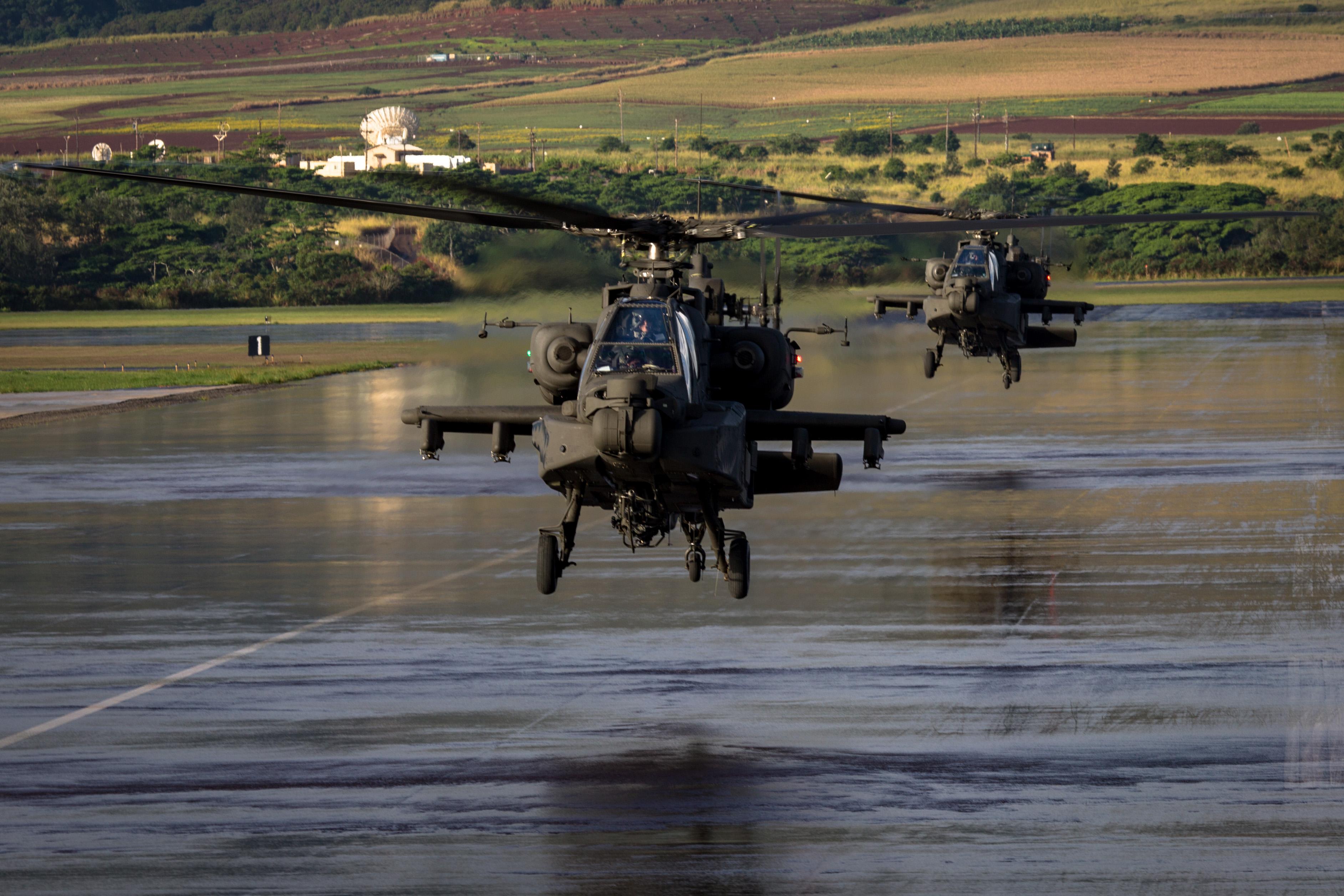
Rotorcraft Procurement
One area hit hard in the budget is rotorcraft—especially Army rotorcraft purchases. The budget request proposes buying 151 fewer helicopters than 2021, including 22 fewer Boeing AH-64Es and 18 fewer Sikorsky UH-60Ms.

F-35
The F-35 has also been in the Air Force chief’s crosshairs this year. Although the service requested $12 billion to buy 85 of the fifth-generation aircraft, that is a decline of 11 relative to fiscal 2021. And more important, the Air Force is not appealing to Congress to add money to buy additional F-35s in its unfunded priorities list.

Hypersonic Weapons

Bombers

U.S. Space Force
The White House is requesting that the U.S. Space Force’s budget grow by nearly 13% to $17.4 billion in fiscal 2022. Much of that $2 billion increase—about $725 million—will be put toward research and development.

Nuclear Modernization
The new administration's budget requests $43.2 billion for nuclear delivery vehicles from land, air and sea. The budget also continues funding for the Long-Range Standoff Missile to equip the bomber fleet, maintains the W76-2 low-yield nuclear warhead that can be launched from submarines and provides funding for a new sea-launched cruise missile that can carry a nuclear warhead.

Research & Development
The Pentagon wants to increase its research and development program, which has been gaining in recent years, another 5%, or an additional $5 billion. Specific investment areas include hypersonic weapons development, microelectronics, 5G, nuclear modernization and biotechnology. The account is somewhat deceptive, however, in that it is weighted toward more mature research; funding for scientific research that may pay off in the long run has declined in this fiscal 2022 budget request.

F-15EX
The Air Force is asking for $1.5 billion to buy 12 new F-15EX aircraft. But the service would love another dozen of the upgraded fourth-generation fighters, according to the service’s unfunded priorities list to Congress. That would support the divestment of F-15C aircraft through 2026 and would max-out Boeing’s production capacity.

Joint Standoff Weapon
The Navy plans to cancel the extended-range version of the Raytheon AGM-154E Joint Standoff Weapon. Instead, it will buy the Lockheed Martin AGM-158B Joint Air-to-Surface Standoff Missile-Extended Range.

Fighter Aircraft
Compared to last year, fighter procurement dollars dropped by a whopping 22%. That includes the Navy’s proposal to end orders for Boeing’s F/A-18E/F Super Hornet Block III aircraft.

Retirement Time
The military—and in particular the Air Force—has aimed its scissors at fleets of older aircraft, including the KC-135 and KC-10 tankers. The leaders of U.S. Transportation Command have in the past resisted the idea, given that Boeing’s KC-46A tankers were not yet operationally ready. But this year, those leaders are supporting the notion, which might allow Congress to move ahead.

Rotorcraft Procurement
One area hit hard in the budget is rotorcraft—especially Army rotorcraft purchases. The budget request proposes buying 151 fewer helicopters than 2021, including 22 fewer Boeing AH-64Es and 18 fewer Sikorsky UH-60Ms.

F-35
The F-35 has also been in the Air Force chief’s crosshairs this year. Although the service requested $12 billion to buy 85 of the fifth-generation aircraft, that is a decline of 11 relative to fiscal 2021. And more important, the Air Force is not appealing to Congress to add money to buy additional F-35s in its unfunded priorities list.
The fiscal 2022 budget request, the first released by President Joe Biden, did not substantially depart from the priorities of the previous administration. But some of the priorities were apparent—including nuclear delivery vehicles, hypersonic weapons and research and development. Conversely, procurement of aircraft platforms took a hit, and the Air Force is returning to Capitol Hill with a long list of recommended aircraft retirements.











